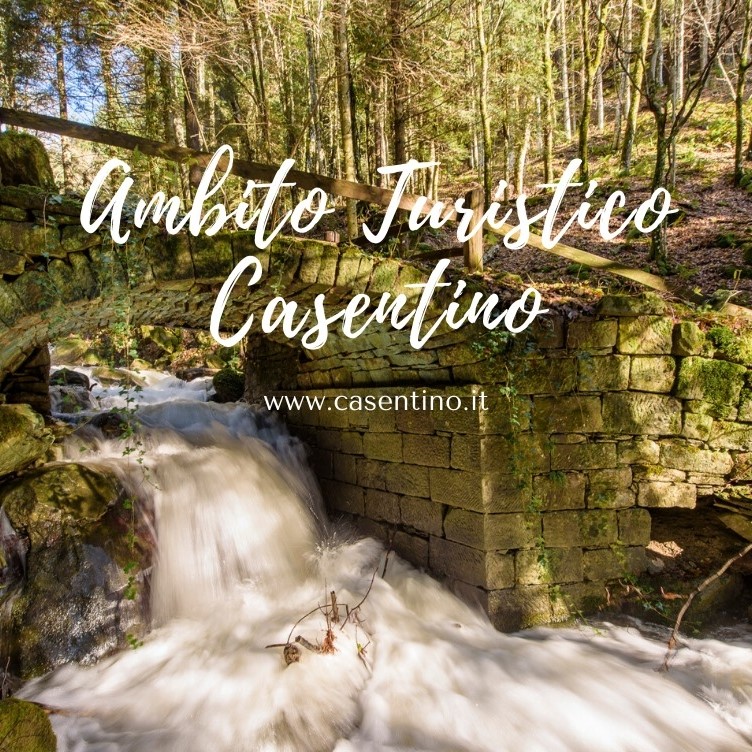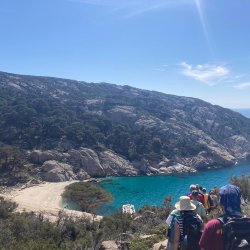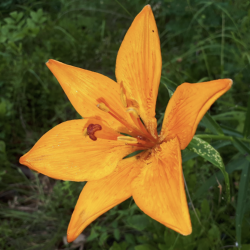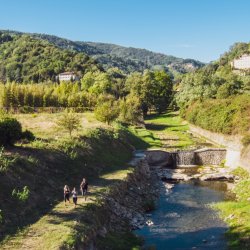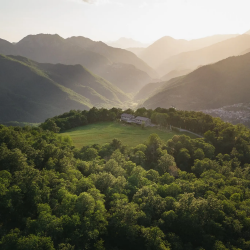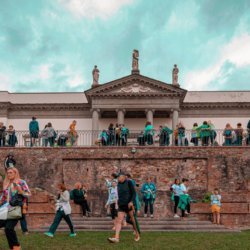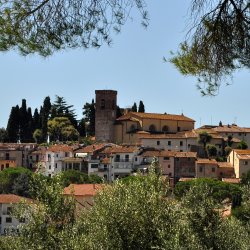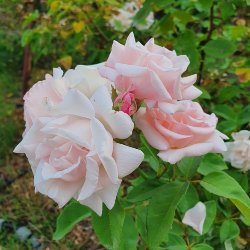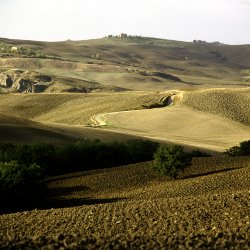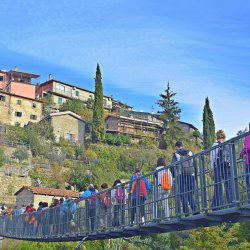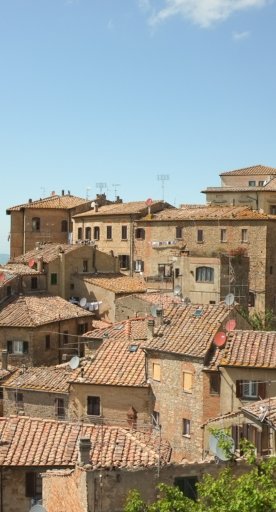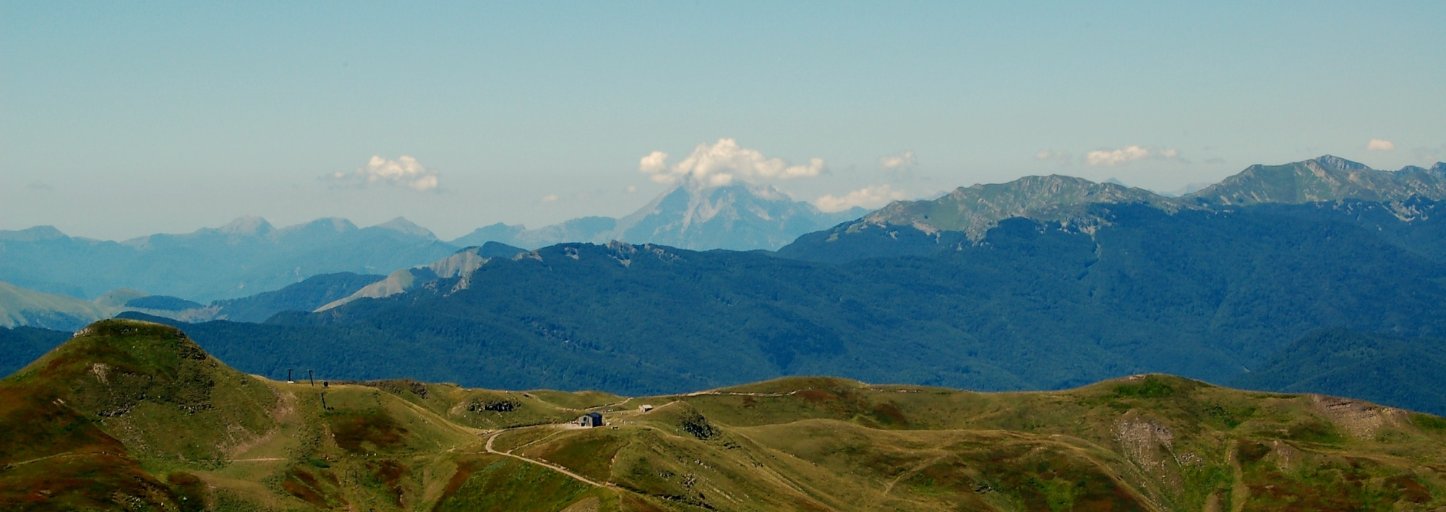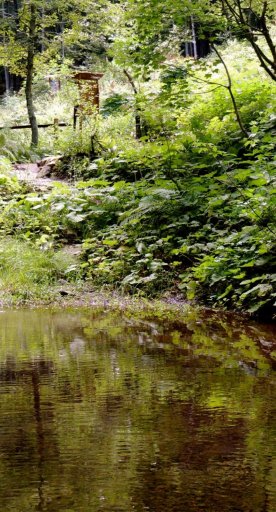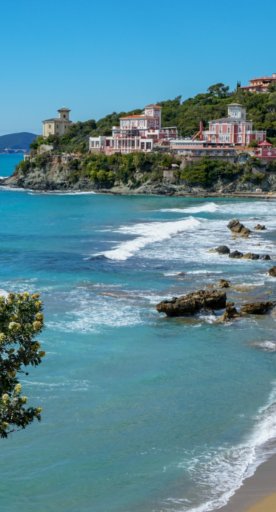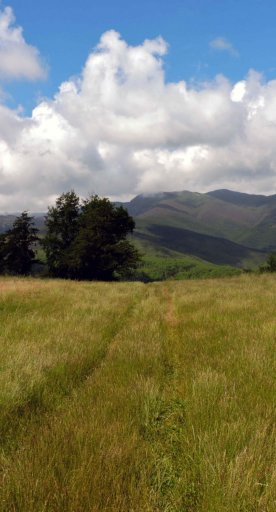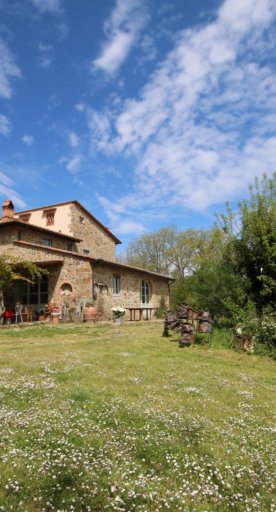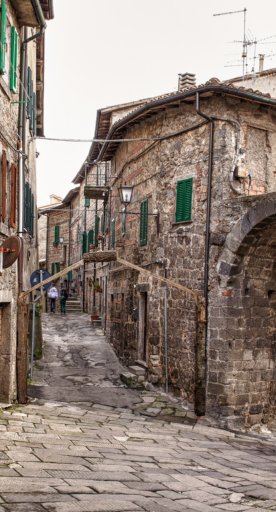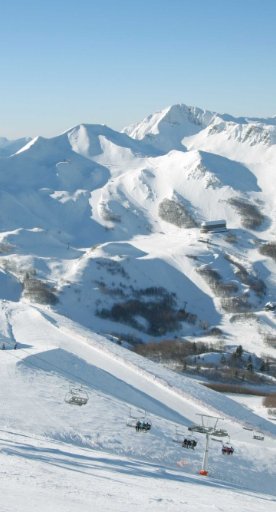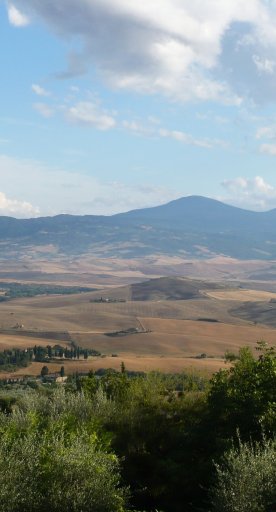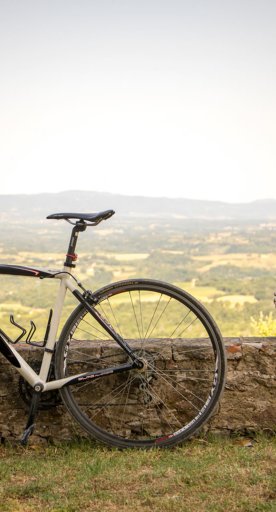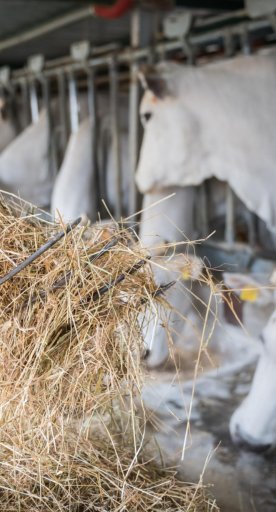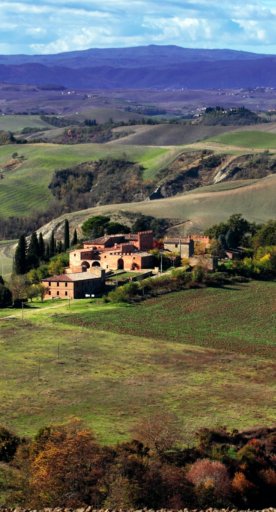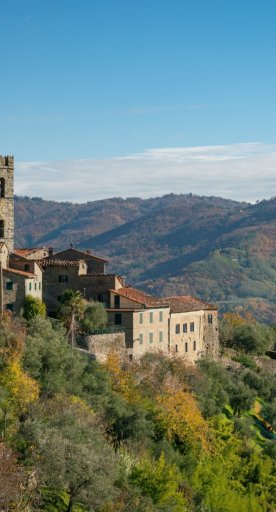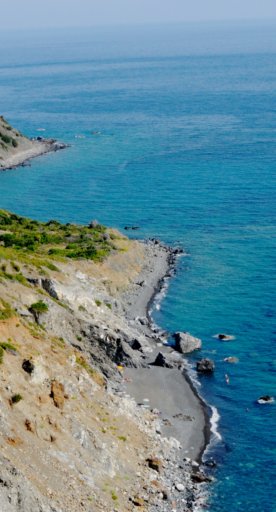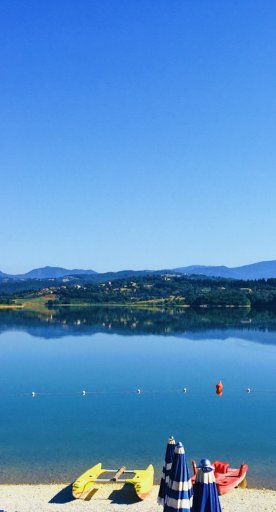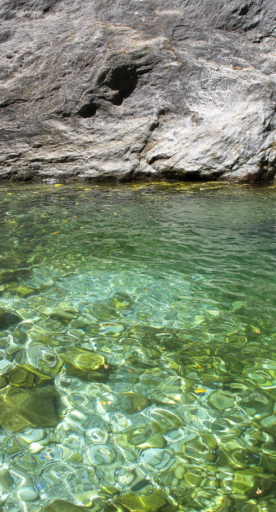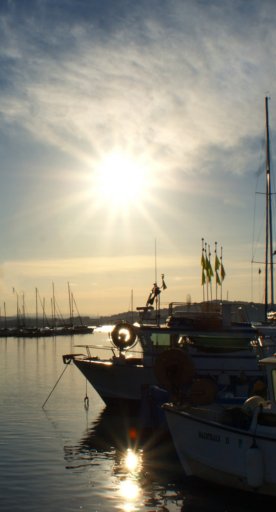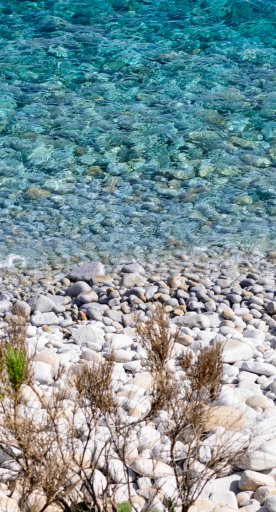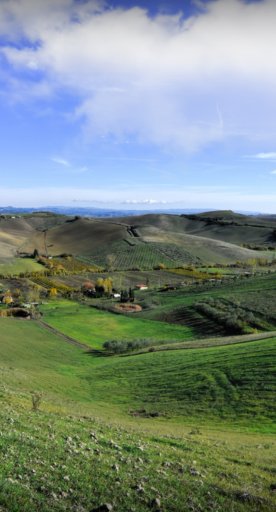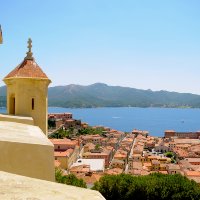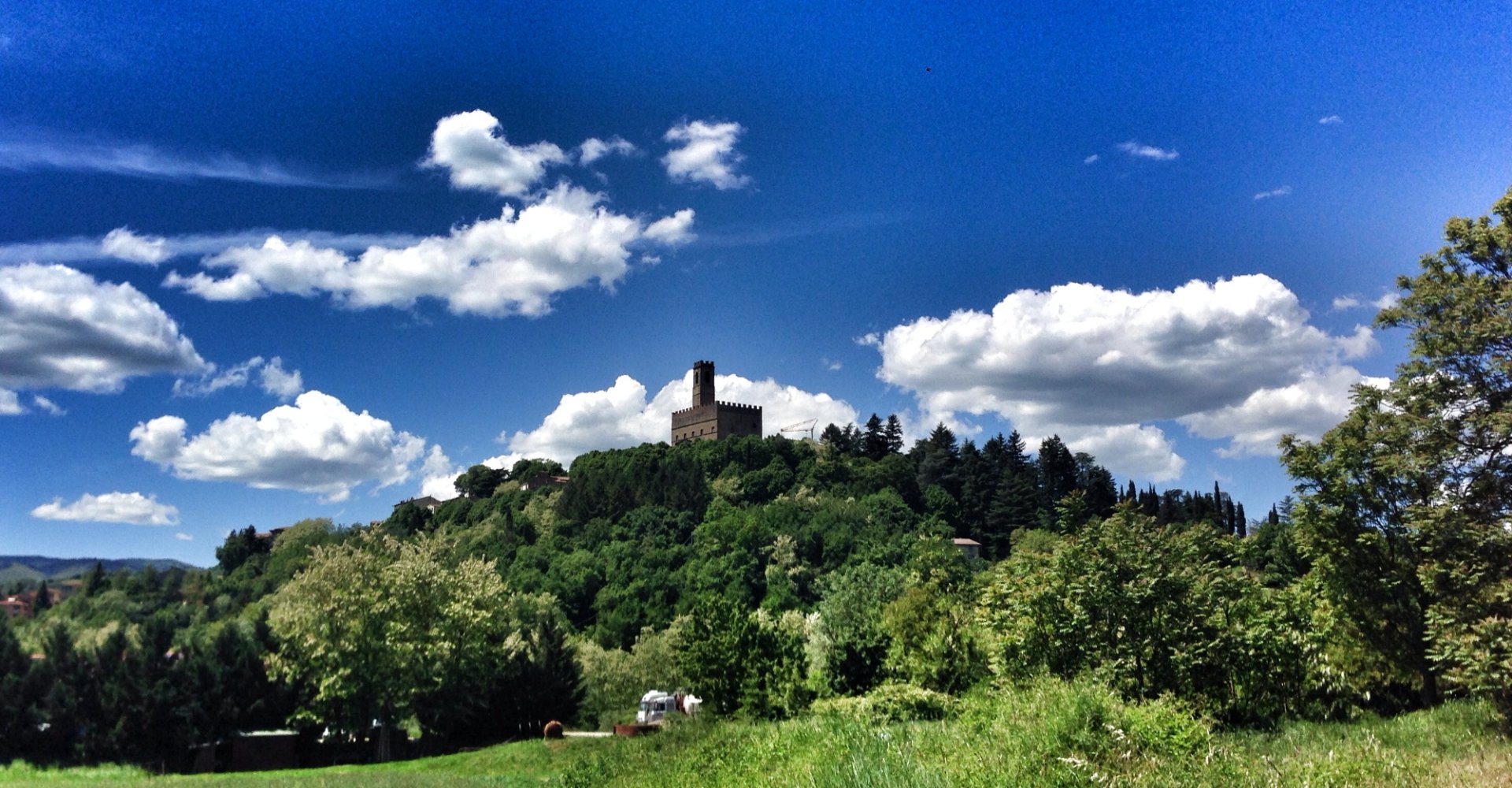

Dante's places in Casentino
The exile of the Supreme Poet in green horizons
Dante had a strong bond with the Casentino. Hosted by the Guidi Counts, here he spent several years of his exile from Florence, in fact many places in this valley are mentioned in his masterpiece, "The Divine Comedy". Dante's journey to Casentino begins from the Campaldino plain, where the battle of the same name was fought on June 11, 1289 between the Florentine Guelphs and the Ghibellines of Arezzo. Among the ranks, there was a young Dante Alighieri in the role of foster, who led his Florence to victory.
At this time, the Supreme Poet would never have imagined meeting the green hills of the Casentino again after moving away from his motherland, the beautiful Florence.
-
1.The castles of Poppi and Romena
-
2.The Hermitage of Camaldoli and the sources of the Archiano
-
3.Monte Falterona
-
4.The Sanctuary of La Verna
The castles of Poppi and Romena
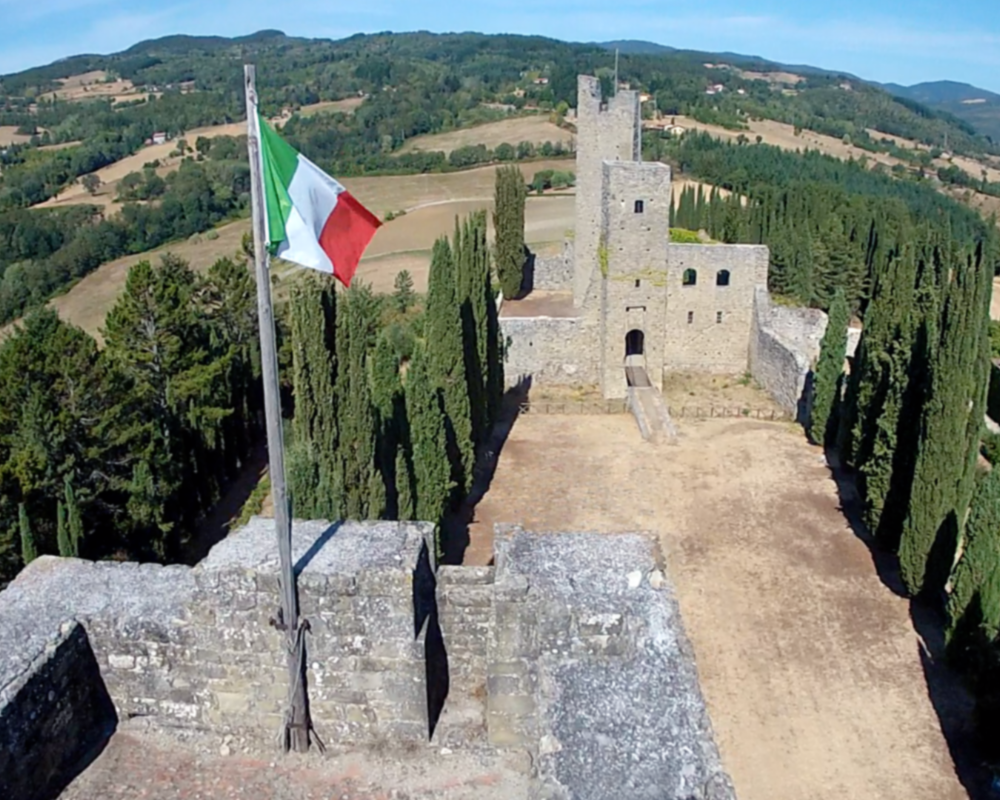
The "father of the Italian language" knew the Casentino valley in depth. In 1310, he was a guest of the Guidi Counts in their residence, Poppi Castle, a majestic building that overlooks the entire valley. Here, it's said that he wrote the 33rd canto of Hell. It's one of the most famous verses of the Divine Comedy and revolves around the figure of Count Ugolino della Gherardesca, with whom the Guidi were related by marriage. Remaining a guest of the Guidi Counts, the Supreme poet got to know the architectural wonders of the valley such as the castles of Romena and Porciano.
There's frequent mention of Romena and the story of the forger Mastro Adamo, a forger of the Counts who was burned alive in a place that, precisely because of this fact, takes the name of Omomorto.
Dante, like many other great authors and thinkers, was amazed to see the richeness of the territory of Casentino, where the green hills and streams create an idyllic landscape. In fact, in the 30th Canto of Hell, he describes the descent of the "streams" that descend from the hills to reach the Arno river.
The Hermitage of Camaldoli and the sources of the Archiano
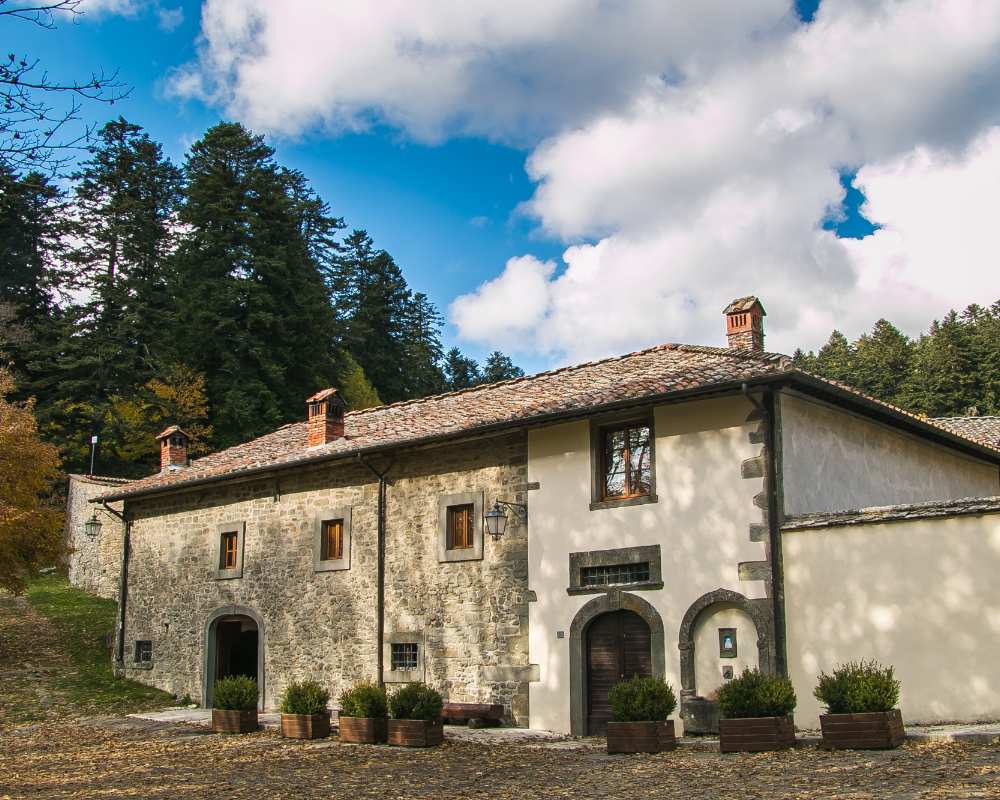
We follow the footsteps of Dante in Casentino and continue the journey in Purgatory. In the fifth canto, we find one of the most important spiritual hubs of the Casentino: the Hermitage of Camaldoli. The Hermitage was founded by San Romualdo about a thousand years ago. Surrounded by the silence of the sacred forest cultivated by the monks, the Hermitage represents one of the two aspects of the Camaldolese order, that combines cenobitic life with solitary contemplation. Just above the Hermitage are the sources of the Archiano, a tributary of the Arno, that once marked the border between the Casentino dominated by the Guidi and the territories subject to Arezzo.
The Archiano and its banks are mentioned in canto 5 of Purgatory, when Bonconte da Montefeltro died at the confluence of the Archiano with the Arno. The 5th canto of Purgatory reveals the beauties of the Casentino that fascinated the poet, and among these, one of the most stunning panoramic points of the whole valley cannot be excluded: Pratomagno. This massif separates the Casentino from the Valdarno and constitutes a natural monument for the Casentinesi. Located in front of Monte della Verna, on its summit stands the iconic, huge iron cross built in 1928 in honor of St. Francis.
Monte Falterona
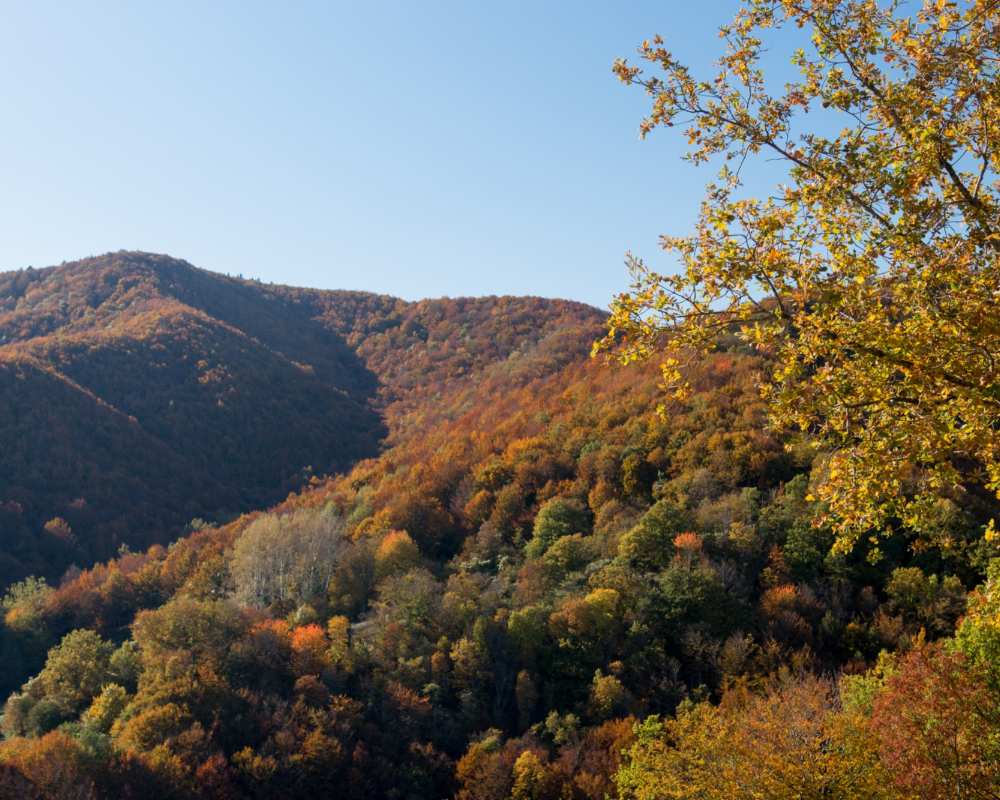
In the 14th Canto of Purgatory, Dante speaks to us of the Arno as that "stream that arises in Falterona". We are on Monte Falterona, at the source of the Arno river, which plows through the territories of "half of Tuscany", linking the Casentino to Florence and Pisa. In addition to its sources, this place is also important as an archaeological site: in fact, numerous finds from the Etruscan era have been discovered here, testifying to how much of the history of the valley has ancient roots. From the source of the river and from the nearby Lago degli Idoli (sacred place for the Etruscans), it's probable that Dante passed along here between Casentino and Romagna. He died in Ravenna in 1321, without ever having been able to return to his beloved Florence.
The Sanctuary of La Verna
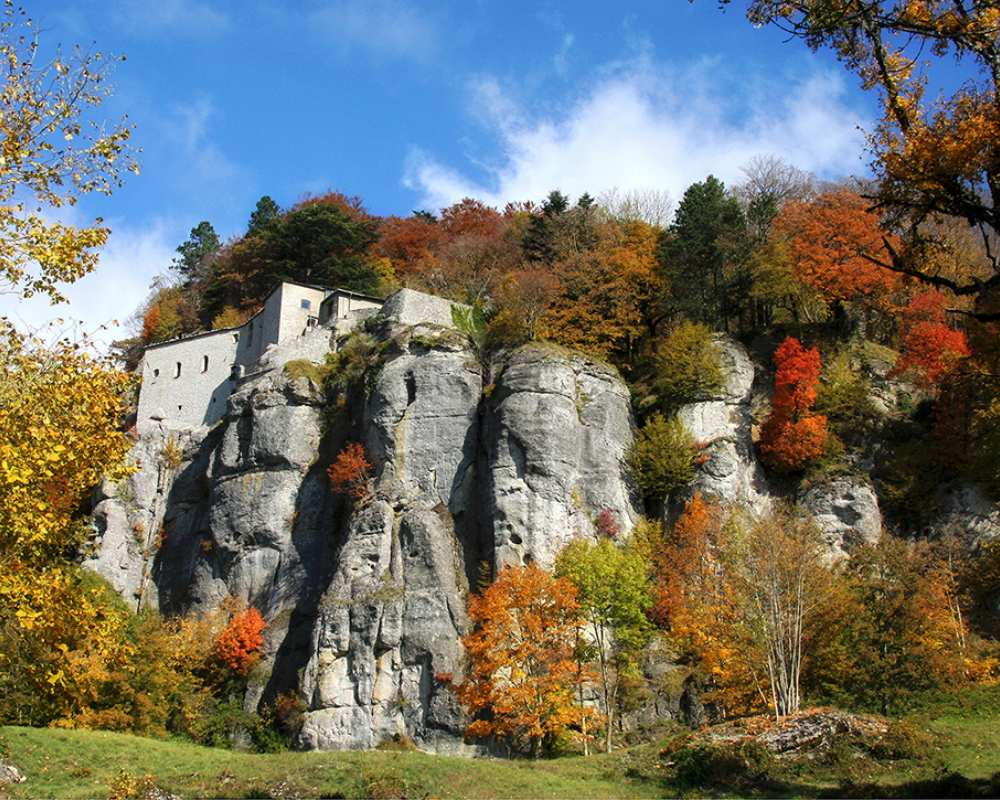
The journey ends in Paradise, where the two most important religious centers of the Casentino find ample space in Dante's work. In the 11th Canto of Paradise, we find the "Crudo sasso", or the Sacro Monte and its Sanctuary of La Verna. Here, Dante's verses refer to Saint Francis who, on the sacred mountain of La Verna, given to him by Count Orlando Cattani, received the stigmata two years before his death.
